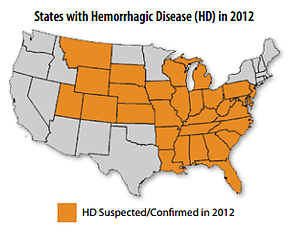
Every year hunters, deer enthusiasts, and deer farmers all worry about a well known disease that may or may not impact their deer herd. This disease we are talking about, is none other than Epizootic hemorrhagic disease or as most know it, EHD. Many have heard the abbreviation going around the hunting community, and the same individuals may not know the root of the causes or possible solutions that are out there. Most individuals simply sit back, and hope that this severe disease doesn't hit there herd. Well with a strong background in aquatics as well as deer biology a solution may be out there to help us sleep a little bit better at night.
History of EHD
To really know how to cure EHD we must first know the history of it. EHD was first reported in 1955 in New Jersey, where 700 whitetails succumbed to the disease. The disease was once again reported in Alberta in 1962, where another 440 whitetails, 18 mule deer, and 13 pronghorn died. Fourteen years later in 1976 another large epidemic outbreak occurred where thousands of whitetails died from EHD in Nebraska, Wyoming, Kansas, New Jersey, and the Dakotas, and 4000 antelope died in Wyoming. (Matschke, G.H., Trainer, D.O., et. al. "Population Influences" chapter, p. 174, in White-tailed Deer: Ecology and Management, Edited by Lowell K. Halls, Stackpole Books, 1984, ISBN 0-8117-0486-6). Though these outbreaks may seem very dated to you, the most recent severe cases were in the years 2007 and 2012 according to the QDMA'S annual whitetail report. In 2007 the Southeastern Cooperative Wildlife Disease Study (SCWDS) reports indicated 65,000+ whitetails died of this disease in a total of 31 states. Only a short five (5) years later in 2012 the herd was once again impacted in a total of 30 states with a total of 14,032 wild deer reported dead from EHD in Michigan alone! You may find yourself asking yourself, what is causing EHD to be so terrible some years and not so bad the next. Well we must now take a turn from the tragic consequences to what is the root of this evil.
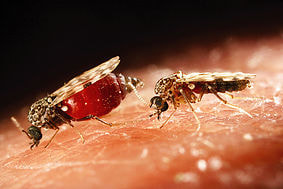
Now you may be asking yourself, "Well why does the midge love this environment?". Well the answer is quite simple. Unlike beneficial aquatic invertebrates (both macro and micro) which typically are a sign of great water quality, the midge carrying EHD is not one for competition. When a water source's quality; whether a cattle trough, mud hole, wildlife pond, etcetera, degrades many of these beneficial invertebrates cannot survive in the new conditions thus reducing competition. With this new, unhealthy environment present the midge thrives, and lays eggs like a mad person. They prefer salty conditions as well, as they have a high tolerance for this conditions unlike its invertebrate and insect friends who typically have a very small tolerance for salty conditions. You may be asking yourself why is salt going into these water sources. Two words; Mineral Supplements. Not that mineral substances are bad, but having a salt block or mineral lick leaching into a pond can kill beneficial organisms which in turn will make a perfect habitat for Culicoides. A poorly managed water body builds the perfect homestead for the midge and for an increase in EHD potential. This is why water resource management is key to helping reduce this drastic disease.
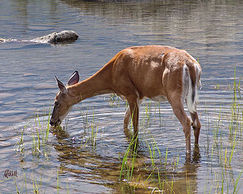
Given that we have narrowed down the perfect spot for these nasty little midge flies, we can now put a water resource management perspective on this ongoing, annual epidemic. As Ed Schimdtmann noted in his previous teaching, Culicoides is a creature that thrives in degraded water resources. The limnological term this is referring to is eutrophication. A eutrophic water body is one that is high in nutrients (phosphorus, nitrogen), high in organics, and full of vegetation (more common in a pond or lake environment). Professional pond and lake managers deal with water bodies on a daily basis that exhibit these three items, and in some cases at frightening amounts.
However, dealing with water bodies such as these, we can put the same aquatic biology and management directly towards that of our deer herds. For the past few years I have directly researched and studied water quality throughout many water systems across the state of Wisconsin. The underlying issue for most of these waterbodies is the natural process of any lake, pond, and/or reservoir wanting to fill itself in. This is all part of the eutrohpication cycle. As the water body ages; sediments, organics, and overall biomass collect in the basin which over time will decrease the water volume, and increase the nutrient richness of the water body. Many may think that once a water body's health is degraded that the only solution is to dredge or clean out, but many management tools exist to turn around that watering hole on your property.
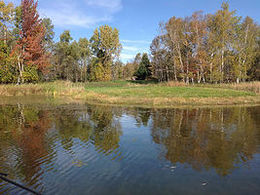
Aquatic Plants
One of the greatest systems in the world for creating a healthy water environment is that of a wetland. As described by the Environmental Protection Agency (E.P.A.); "Wetlands are part of the foundation of our nation's water resources and are vital to the health of waterways and communities that are downstream. Wetlands feed downstream waters, trap floodwaters, recharge groundwater supplies, remove pollution, and provide fish and wildlife habitat". Pond and lake biologists across the nation understand the strong correlation between aquatic plants and the water body they surround. These plants draw their nutrients not only from the ground, but also from the water source that they grow within.
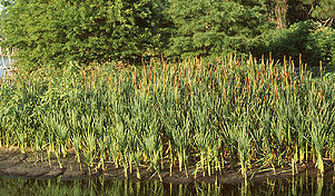
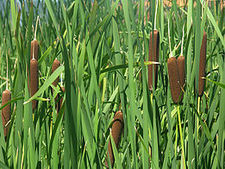
The first plant is one we are all very familiar with, and that is the native broadleaf cattail (Typha latifolia). The cattail in many states is the base of the wetland, and when it comes to uptaking nutrients and pollutants from a water body there is no plant that does it better. One thing to know is that there is another cattail species that can be misidentified as being the broadleaf cattail, and that is the native narrow leaved cattail (Typha angustifolia). This species is much more aggressive, and tends to overtake systems, whereas the broadleaf cattail is a less aggressive and more stable plant due to its sheath/leaf size. Regardless of which cattail does come into your water source they are both a great form of cover and shelter for whitetail deer, turkeys, and waterfowl. Just as a native prairie helps to protect these species, so does a stand of thick cattails. You probably have seen the hunting videos where they are sitting over a barren pond with no vegetation. Certainly deer come to these to drink, but just imagine if now they had a way to go into this water area, and also have a sense of security. Now you have not only a plant helping clarify and improve water quality conditions to prevent EHD, but also providing a better setup for your hunting in the fall.
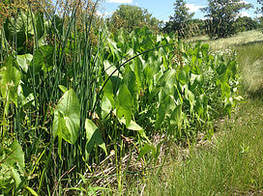
A combination of these species as well as other native, beneficial, and aquatic vascular plants will help to keep nutrients levels down, water quality parameters in check, improve cover around your water holes, and provide a source of nutrition. Now that the plants are settled we must take that microscope and dive deeper and smaller to see the next part of the EHD reduction equation.
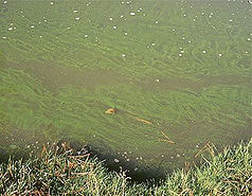
You may ask yourself, "What does bacteria do to keep my deer from getting EHD?". The answer is quite simple. The aquatic midge fly (Culicoides) thrives in aquatic ecosystems that are unhealthy due to the limited competetion with other insects and invertebrates. The correlation simply goes the the fact that in high drought years ponds are typically in high demand but in low supply. The decrease in water depth, increase in heat, and increase in deer herd activity in these pools dramatically decreases the overall water quality. These waters tend to have planktonic algal blooms, high turbidity, and lack of beneficial invertebrates and/or bacteria making a perfect breeding center for Culicoides.
When the aquatic ecosystem is in a sense "damaged" you must start from the beginning to regain the water quality and clarity of the system. A process that is overlooked in most aquatic ecosystems is down at the microscopic level. When taking care of an animal that is higher in the food chain, you must also make sure that all is taken care of at the first part of the food chain being the microbial bacteria. Beneficial bacteria and enzymes occur in all parts of the animal kingdom and are needed to ensure that life goes on as we know it. This is especially key when speaking of an aquatic ecosystem. Life in a pond, lake, or river begins at the water and sediment interface at the bottom of the water body. At this interface we observe many different species of bacteria working on nitrification, denitrification, ammonification, oxidation, reduction, and the list goes on and on. Maintaining a healthy bacteria community will help ensure that the water quality is maintained.
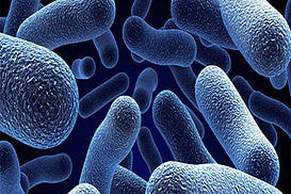
What will the bacteria be working on? Organics! The bacteria will begin to remediate the organics by converting these once unhealthy substances into a combination of oxygen (O2), carbon dioxide (CO2), and water (H20) thus eliminating the potentially harmful organics from the ecosystem. With these organics being remediated out of the environment the main breeding and living space of the midge is slowly removed. The aquatic midge (Culicoides) prefers a high organic rich environment which you may know as "muck" in a waterbody. If you can remove the preferred breeding area, you can reduce the population potential that the midge could achieve. With a decreased population threshold you will also improve the possiblity of making an environment that encourages beneficial invertebrates (both macro and micro) and aquatic insects making this improved water body their living area. With the right ingredients added (bacteria and enzymes) the sky is the limit with increasing the water quality of your water sources, and increasing the competition that the midge fly will have.
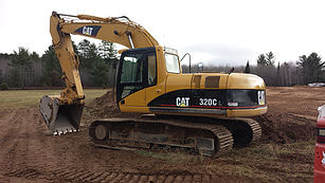
Most deer breeders and hunters alike typically think that all you need to make a watering hole for their animals is an excavator and an area to dig a hole in the ground. However, this is not the case when creating a healthy water source. The aquatic midge thrives in water sources that are shallow, have a degraded water quality, and have a soft and organic bank to breed in and around. The main rule of thumb when creating a pond, lake, or water source is that the more water you have the easier it is to manage. Why you ask? The simple answer is that when a water body increases in size and depth the heating and cooling potential dramatically decreases.
The easy way to think about temperature of water compared to water body size is of a swimming pool. As summer progresses along you may begin thinking that the weather is nice and warm so it should be time for a swim. However, as you jump into that pool in May you get shocked with a very cool sensation rushing over to you as the water has not heated up to the same temperatue as the air around you. Now on the flip side you may go on that same day and play in a puddle which may be exhibiting equal if not higher temperatures than that of the air. Making sure to keep the comparison of water temperature to water body size and depth will help you realize why those shallow puddles you may have created could be a midge fly threshold.
A properly designed water hole/wildlife pond should have steep slopes, but keeping in mind that a deer should still be able to walk in and out of the pond rather easily to avoid stress on the animal. A 3 to 1 slope is typically a safe bet to not only give the deer an easy access in and out of the pond, but also be able to establish beneficial aquatic plants. In addition to the slope making sure the pond reaches a proper depth is very important. To help with management of the pond a depth of 4+ feet should be achieved. This would make the pond 24 feet in diameter. To increase the depth you will either have to make a larger diameter pond or increase your end slope in areas of the pond. In summary the deeper and more steep you make the pond the easier it is to manage.
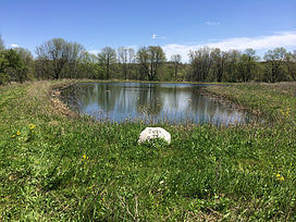
The Catch-22 to this idea is that having a full functioning ecosystem is still key in maintaining superior water quality. To achieve this goal a layer of sand is recommended to be placed on top of the liner. This will help become the planting substrate for your beneficial aquatic plants. The sand will also help to cushion the liner and create a substance in which wildlife can walk freely on with reduced or non-existent slipping. The last item the sand will help with is in prevention of UV rays hitting the liner which would breakdown the plastic of the liner.
Putting Together the Whole Idea
Water resource management for prevention of EHD is not a single concept, but rather a collection of different strategies. Treating your water source more like a living breathing organism rather than just a hole in the ground will help you gain more control of your management plan and the ecosystem as a whole. With whitetails, elk, mulies, pronghorn, and many other animals being the passion of so many we must do what we can to help battle EHD in our herds. If you take the time this season to manage your current water holes and design your new watering holes according the the information provided here you can help increase your effectiveness as a conservationist and land manager.
For more information regarding managing the water bodies on your property or installing a new one, please email info@creekbottomlandmgmt.com or visit our pond and lake management partner Wisconsin Lake & Pond Resource's website at www.WisconsinLPR.com.
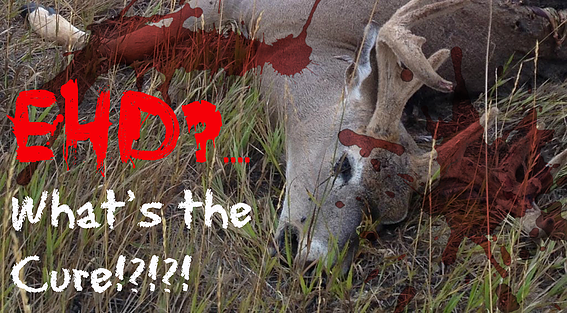
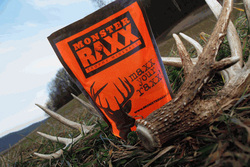
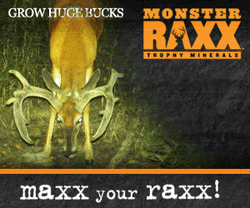

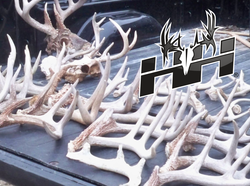
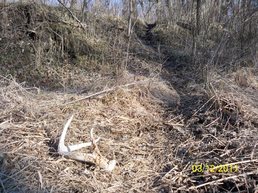
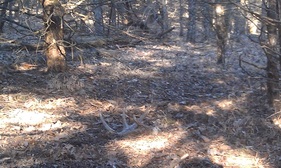
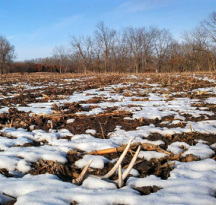
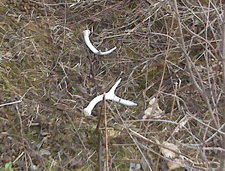
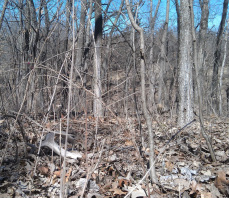
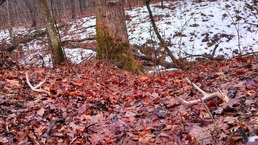

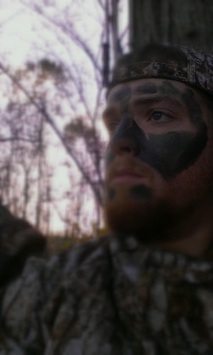
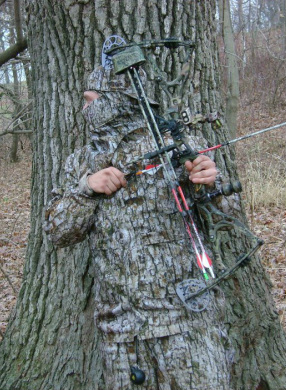
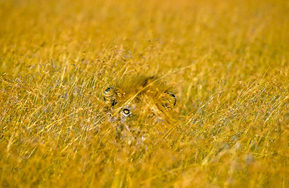
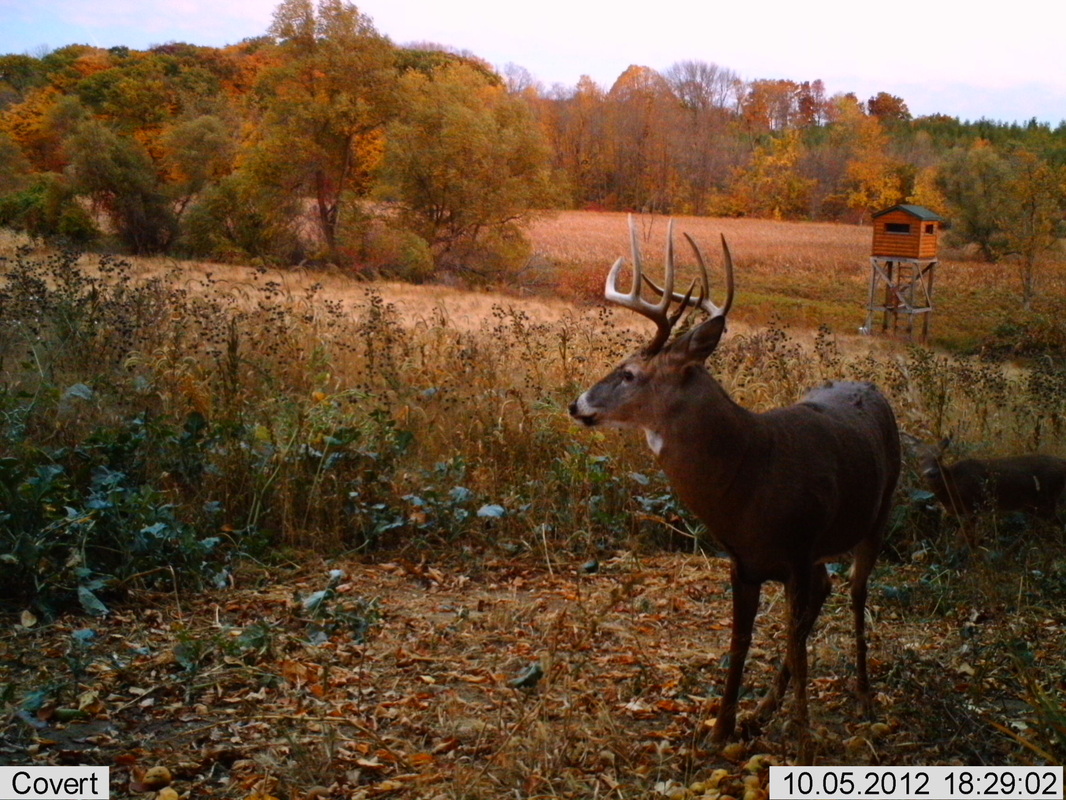
 RSS Feed
RSS Feed